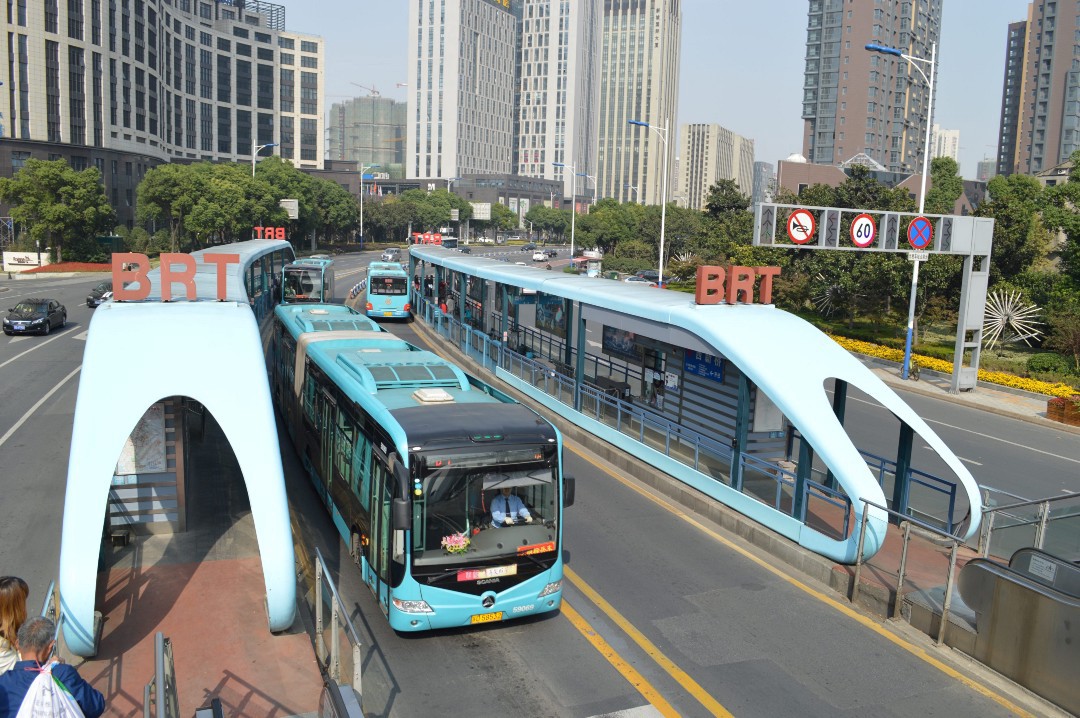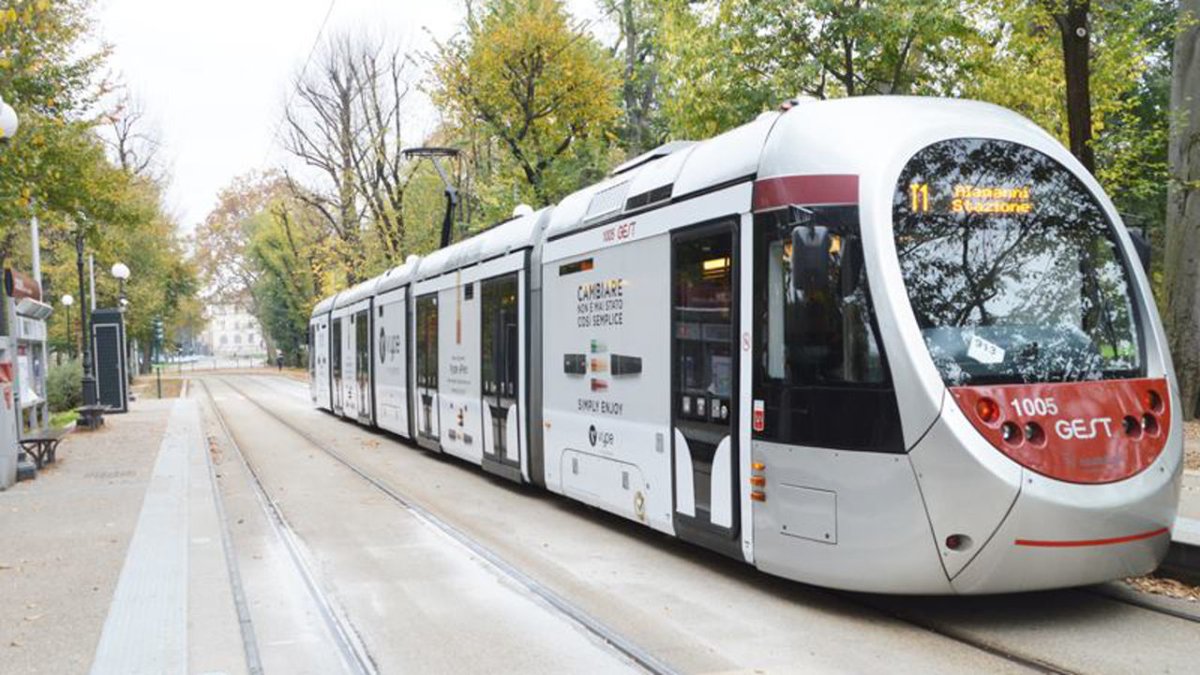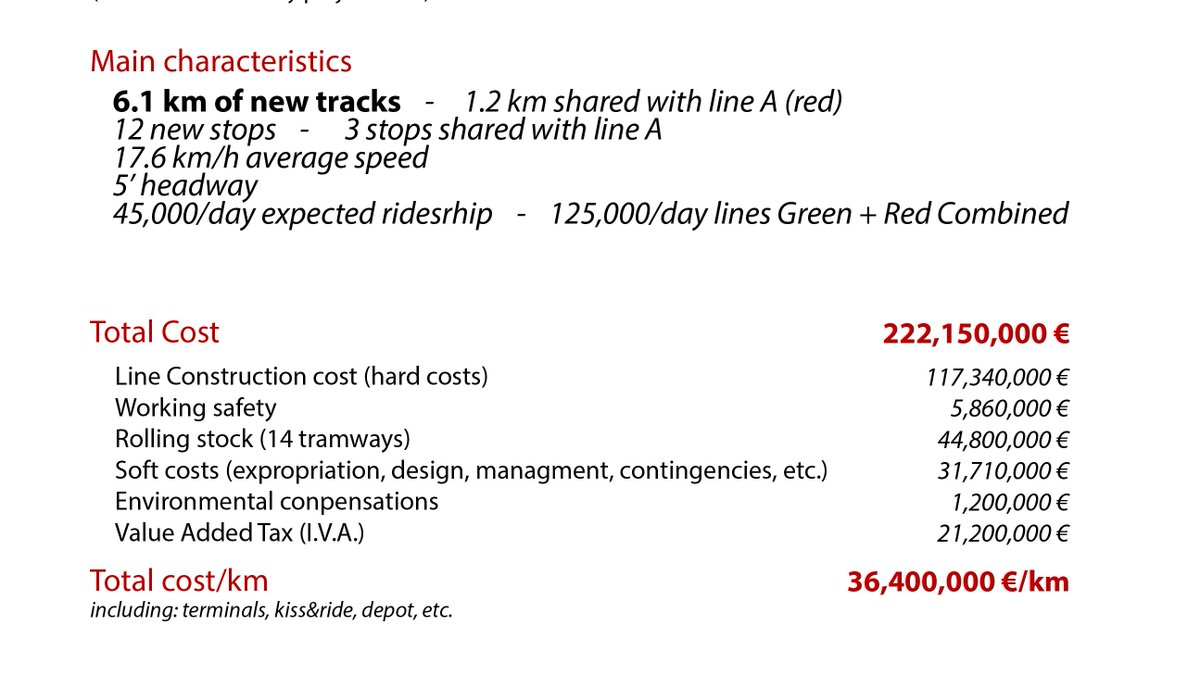
1/ Official news are out that the money for metro rail in the Italian recovery fund will go toward a 11km extension of Catania's 🚇metro system.
Here is make a thread about a system that started its life not so well, but has a very good potential for the future.


Here is make a thread about a system that started its life not so well, but has a very good potential for the future.



2/ Catania's metro has long been the tiniest metro system in Italy, contending this not so enviable title with Genova. It's still the least used one, with some 20k/day users in 2019 (7M/year).
But what is the history behind a system that is atypical in the Italian context?
But what is the history behind a system that is atypical in the Italian context?
3/ Catania is a 300k city with some 7-800k inhabitants in a metropolitan area spreading along the Eastern coast of Sicily and on the fertile foothills of Etna, cultivated with wine, pistachios, oranges, lemons, prickly pears🤤 etc. 







4/ At the end of 19th century, the Ferrovia Circumetnea (FCE), a 950mm gauge rail, was built to connect the harbor and Catania's mainline station to those spreading villages and towns forming a ring around the Etna, crossing through lava fields and rugged terrains 

5/ The line has been operating since then, with a street running section through central Catania between Borgo station and Centrale. As many private local lines, it was nationalized in the 1950s, but kept under the central government control instead of the regional one. 

6/ A project to convert the urban section into a proper metro line was approved in the 1980s, and a first short 3.6km section, with 6 stations was opened finally in 1999, after several delays. Unlike the rest of the FCE, it was built to standard gauge, preventing through-running 



7/ During the 2000s, the idea of making this little, very lightly used 3.6km stretch the initial section of a proper U-shaped metro from Misterbianco to the Airport via the old city gained momentum, and two extensions at both ends (black dotted) were funded and works started 

8/ It goes without saying, works were delayed again and again but finally, both extensions have been opened between 2016-17. Now reaching the city center at Stesicoro, the line has passed from 600k/year to 7Mk/year in just 3 years. 



9/ A two station western extension is in advanced construction and may open next year. The first part of fundamental extension to the airport via the city center has been u/c since 2019, and the full extension will be u/c by the current year. 





10/ Finally, the NextGenEU will finance with 415m€ an 11,5km extension to the West, connecting several large towns on Etna's foothill and replacing the slow and not so well placed section of the FCE rail. The line will be built a/g and u/g in C&C. 

11/ When all those extension will be commissioned in 2026 🤞, the line will be some 30km long and carry up to 130-150k/day. A small revolution for a city with a quite bad transit system and legendary traffic.
12/ Other projects are in the pipeline: the full double tracking of the FS mainline to be converted into an urban passante, with an unfortunate NIMBY-inspired choice to abandon the "archi della marina" for a deeper, costlier u/g alignement south of the central station 

13/ A pessimistic final note: as too often in southern Italy, the risk is to see the infrastructure finished but the service not adequately funded, leaving people to cope with an insufficiently frequent and unreliable service. Let's hope it's not the case here.
14/ Well, let's finish with a more positive note: the line is probably one of the cheapest ever built in Italy, despite being mostly u/g, and boasting also mined stations in lava rock in the city center: between 40m€ and 75m€/km depending on sections.
• • •
Missing some Tweet in this thread? You can try to
force a refresh





























